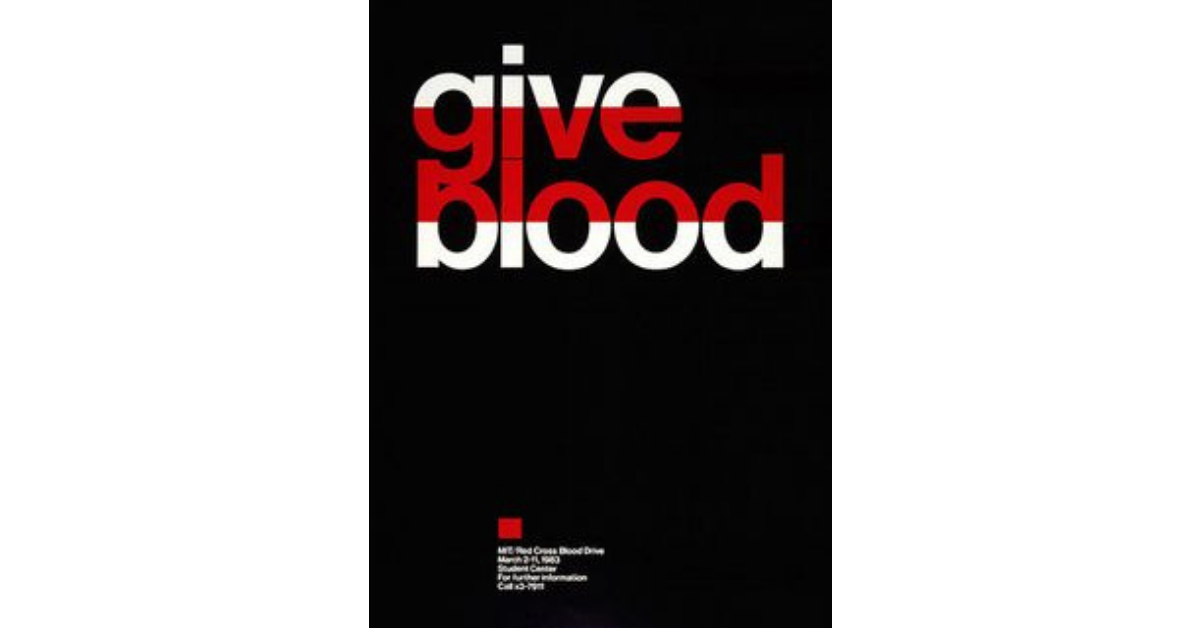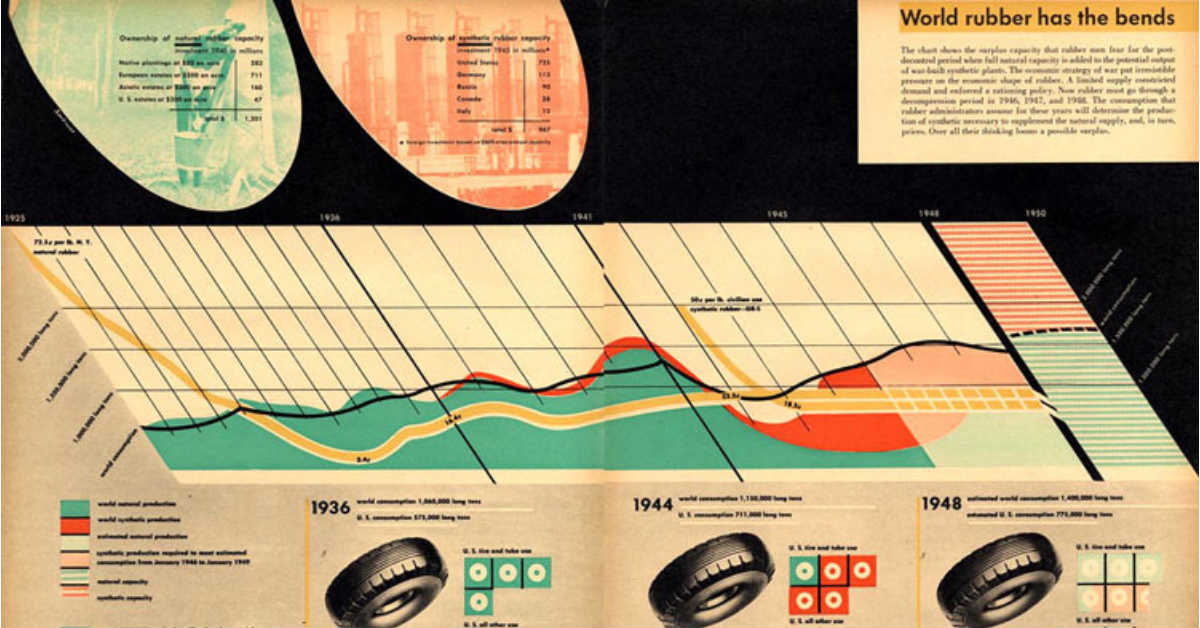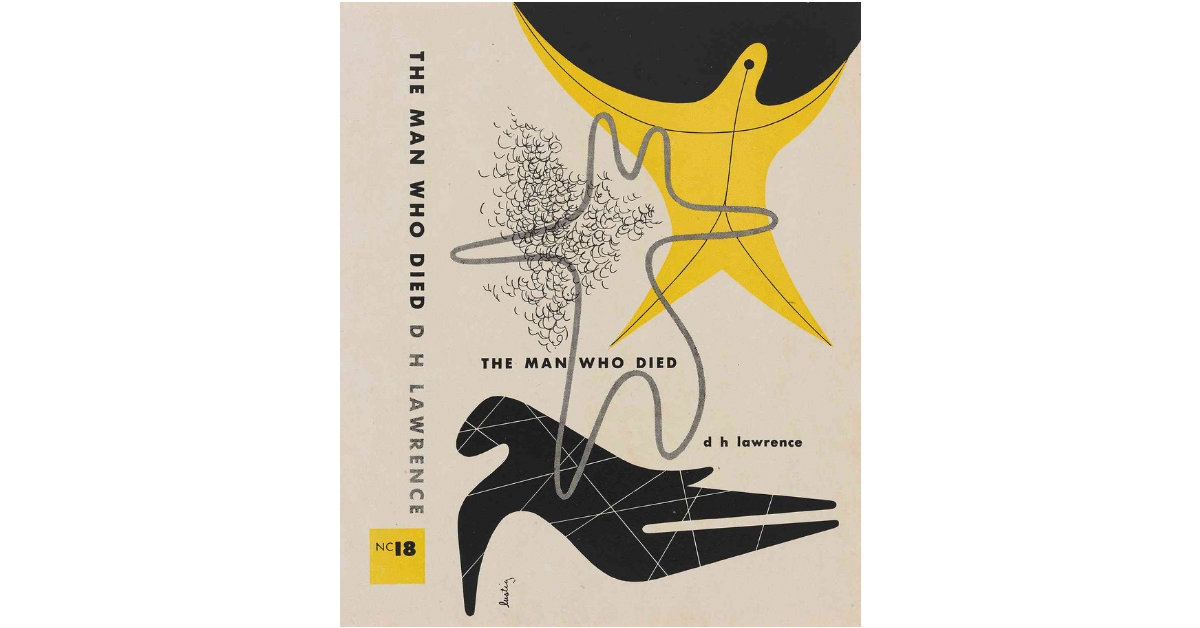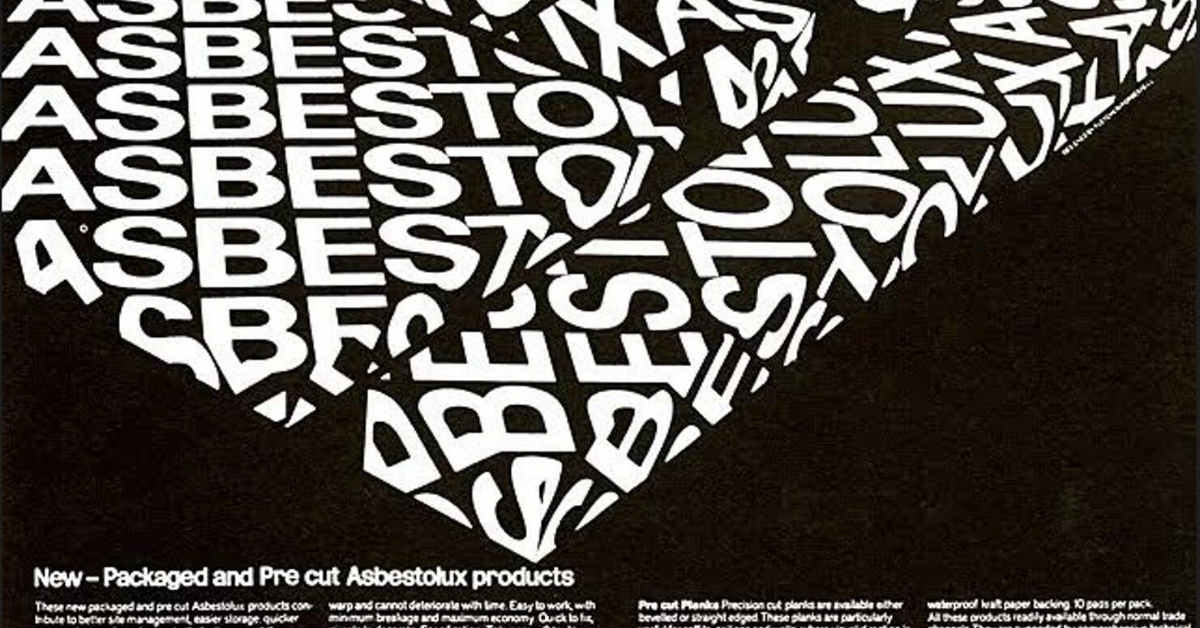The Best Design Advices Given By Famous Designers

Graphic designers play a significant role in developing a brand’s visual presentation of all its products or services. In the 1700s, merchants approached artisans to make their goods known to illiterate people. It’s safe to say that design marketing was a bit permissive back then. However, since the age of technology, consumers have consistently changed their purchasing decisions and preferences as well. And unsurprisingly, this trend will continue. That said, graphic designers must be willing to update their design approach to be successful. In fact, according to a study from The Princeton Review, out of 25,000 designers that join the industry yearly, only 30 percent remain in the field after five years. And if you want to be one of the last men standing, here are some words of advice from the top graphic designers in history.
Jan Tschichold: Strive for New Techniques

Jan has left his mark in the design industry through his work in typography. His infamous quote has impacted the community of graphic design in tremendous ways. Jan’s drive for innovation for new design techniques have kept him relevant to designers today. His quote explains the relevance of always striving for new practices and styles.
Being the son of a painter, it gave him the opportunity to learn calligraphy and art at an early age. During his years, he disapproved of all typefaces except for sans-serif types. Instead, he created guidelines for a typographic hierarchy for type in design. As talented and innovative as he is, Jan has claimed his position to be the most powerful influence on 20th century typography. Jan Tschichold spent a majority of his career with Penguin Books and created book covers for the published novels. For his time there, he personally created more than 500 book cover designs between the years of 1947-49.
Jacqueline Casey: Pair Strong Meaning With Your Designs

Jacqueline is a well known graphic designer for her work in Swiss-inspired posters. Through Casey, America and the MIT community was introduced to European Swiss typography and design. She has created many infamous MIT posters that used wit, invention and creativity to portray the subject matters.
Many graphic design students have shared Jacqueline’s quote. The simplicity of her designs had made a powerful impression on the meaning of her work. Her quote has inspired designers to be creative with the message of their work.
Susan Kare: Bring Your Designs to Technology

Susan Kare is an infamous graphic designer that is widely known for her development of Apple’s interface elements. She has created known icons such as the trash can, paint bucket tool, lasso tool, the floppy disk save icon, and many more. Susan Kare was Apple’s first icon designer. Upon working at Apple, Susan’s first assigned tasks were to design fonts, which have now become the famous Chicago typeface for the Macbooks of the 1980s and 90s.
Her quote has inspired the collaboration between designers and programmers in order to create beautiful technology. Designers are more inspired than ever to use the work of art to build new features for technology.
Ladislav Sutnar: Use Design To Convey Information

Ladislav was a memorable designer for creating information design. He developed a unique personality for transcribing difficult content into readable design. Ladislav was able to provide clarity in his design by limiting his type and color palettes.
He was one of the first designers to produce information design. The purpose of information design is to distribute information through simple design and visual applications. His famous quote inspires information designers everywhere to use art in order to convey information. Information design is getting more popular in the industry, due to the help of Ladislav.
Alvin Lustig: Suggest, Don’t Tell

Alvin Lustig has revolutionized the approach to book cover designs. The traditional approach to book cover designs were to simply summarize the direct content. Instead, Alvin would design the cover through the tone of the novel. His quote, “suggest, don’t tell” would bring his name to the graphic design hall of fame.
His approach to design would inspire others to be more creative and explore other opportunities of design. So, he developed over 400 designs that include books, architecture, interiors, ads, and many more.
Milton Glaser: Bridge the Gap Between Seeing and Understanding

Milton has created many famous American designs. He is the creator of the logos for Target and Jetblue, the title sequence for Mad Men, the famous I heart New York branding, the poster design for Bob Dylan and many more. He has inspired the concept of timeless design, and has celebrated American culture in his design work.
His famous quote has become an important lesson for upcoming designers. “You want to move the viewer in a perception so that when they first look at [the design],” Milton Glaser explains, “They get the idea, because that act between seeing and understanding is critical.” So, he has encouraged the purpose of design and the power it has on communication.
Ivan Chermayeff: Design Logos With Abstracted Shapes

Ivan Chermayeff has created notoriously known logo designs. He has created the NBC peacock to the Mobil logo during his design career. Ivan made an impact in the design community due to his use of abstract shapes for logos, instead of the traditional letterforms. His famous quote was the underlying technique of his design work. This has inspired many designers to work around the normal means of design.
In 2004, Ivan was picked for the lifetime achievement award of the Cooper Hewitt National Design Museum and again in 2009 he was prized the National Medal of the Arts from President Barack Obama – being the first graphic designer to receive such an accolade. He has become an influential figure to turn to for modern art and timeless logo designs.
Massimo Vignelli: Convey Busy Ideas Easily

Massimo Vignelli is a information architect. His design work touches on areas ranging from package design through houseware design, furniture design, public signage and also showroom design. However, he is known for his 1972 redesign of the New York City Subway Map. So, his work adopted the Modernists tradition of design and based his artwork on the idea of simplicity, as shown through his redesign of the subway map.
His quote has constructed the inspiration of information design into a more efficient flow. Design is the work of visual communication, so make life easier for the audience by conveying busy ideas easily.
Paul Rand: Logos Should be Distinctive, Memorable, and Clear

The memorable logos we know today are some of Paul Rand’s work. Paul Rand was an American graphic designer best known for his unique corporate logo designs. A few of his clients are now multibillion-dollar companies such as UPS, IBM, ABC, Morningstart, Inc., Westinghouse, and NeXT. As you can see, there are three things these logos have in common: Distinctiveness, Memorability, and Clarity. And these three crucial aspects are the basic foundation of Paul Rand’s work.
Paul Rand has always self-learned everything he needed to master the art of graphic design. However, this philosophy of his started when he met a Hungarian painter, photographer, and icon László Moholy-Nagy. During their meeting, László Moholy-Nagy asked Paul Rand if he reads art criticism to which Paul Rand humbly said, “No.” And when László Moholy-Nagy answered “Pity,” that’s when Rand started reading all books about art philosophy and art criticism.
After learning about design theories and feeding himself with graphic design inspiration, Paul Rand formulated his logo design principles. Contrary to popular belief that logos should depict the company it represents, Rand said otherwise. In fact, he said it’s sometimes better if logos aren’t relevant. But the only thing you need to remember in logo design and according to Rand is that they be distinctive, memorable, and clear.
Colin Forbes: Design with Passion

It’s rare to find graphic designers who genuinely love what they do. And for Colin Forbes, this is the most fundamental basis of successful graphic designs. According to the Pentagram co-owner, “…great design cannot happen without passion…” And this is the ultimate reason why Pentagram has become one of the world’s largest and renowned graphic design agencies today.
Additionally, Colin Forbes’s unique artistry also shaped the distinct Pentagram structure. The company’s system is relatively different from other creative digital agencies. It’s one of the only agencies wherein the owners work independently and collaboratively. In fact, the co-owners of Pentagram are also the clients’ direct contact.
Colin Forbes specifies that most design agencies don’t expand to the second or third generation. And this is what he wants to change, as he plans on passing on his passion to the next generation while planning on his retirement.




